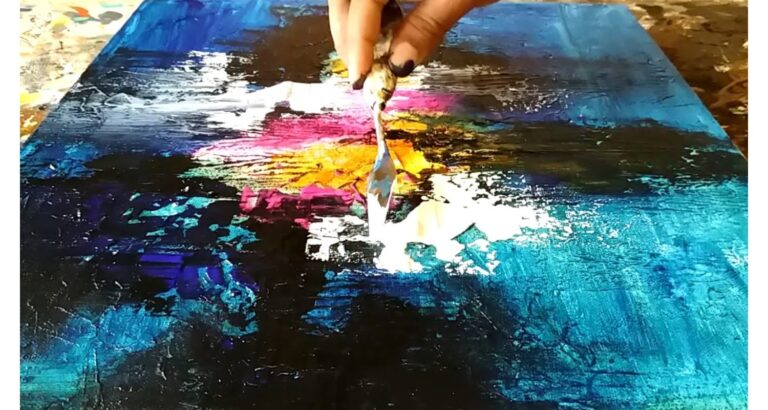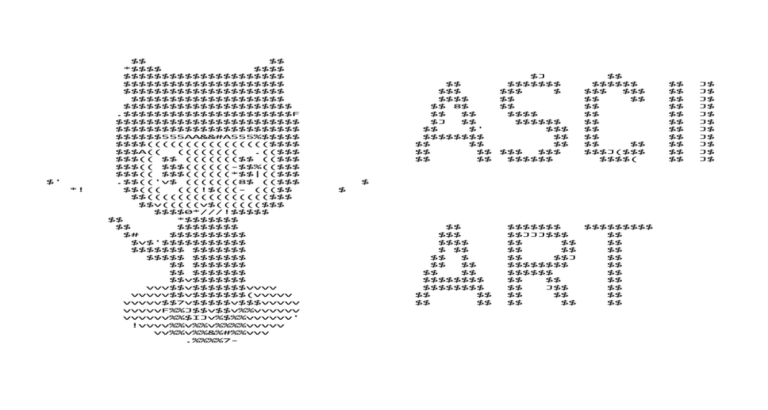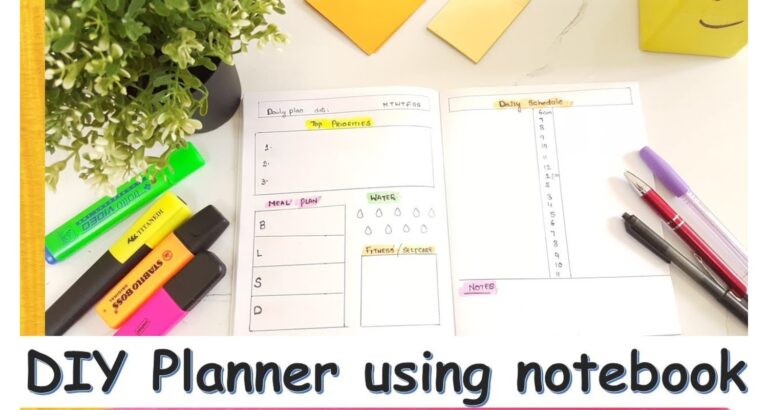Are you ready to transform your artistic skills into profit? This article guides you through creating an effective art commission sheet. Discover essential tips and techniques to showcase your work and attract eager buyers. Let’s dive in and unlock your potential today!
Answer to “How to make an art commission sheet”: Start by listing your services and prices. Include payment terms, timelines, and revision policies. Add quality samples of your work to visually engage clients.
Don’t stop here! Keep reading to uncover more detailed steps and insider tips to make your art commission sheet stand out. Turn your talent into your triumph!
Crafting Your Commission Sheet
Creating a comprehensive art commission sheet is crucial for transparent and smooth transactions with clients. Here’s a detailed guide on what elements to include for a successful exchange:
Artist and Client Details
- Basic Information: Always start with complete contact details, including names, addresses, and preferred communication methods. This base layer of information ensures that both parties are clearly identified, avoiding any confusion.
Services and Specifications
- What You Offer: Describe in detail the services you provide, such as digital art, oil paintings, or mixed media work. Be explicit to prevent mismatches in expectations.
- Art Specs: Clarify the sizes, mediums, and any specific techniques used. Detail whether the artworks are provided in digital format, framed, or in other specific presentations.
Financial and Timeline Arrangements
- Setting Deadlines: Outline realistic timelines for different types of projects, mentioning key milestones and final delivery dates to keep both parties aligned.
- Payment Details: Discuss your pricing structure, including any deposits required and complete payment schedules. Clearly state acceptable payment methods to avoid future disputes.
Policies and Rights
- Cancellation Terms: Specify conditions under which either party may cancel the agreement and the financial implications such as non-refundable deposits or cancellation fees.
- Revisions and Adjustments: Clearly state how many revisions are included and what charges apply if additional revisions are requested. This helps manage expectations and workload.
- Ownership and Usage: Define who holds the rights to the artwork post-completion, whether it’s exclusive rights for the client or shared rights that allow you to display the work in your portfolio.
Additional Considerations
- Extra Services: If you offer additional services like expedited creation or the use of special materials, list these options along with their extra costs. This transparency helps clients understand all possible charges upfront.
Your art commission sheet not only formalizes the business relationship but also showcases your professionalism. By including these detailed elements, you set clear expectations, which help build trust and ensure a smooth project flow.
Setting Terms of Service
When dealing with art commissions, especially on platforms like DeviantArt, setting clear terms of service is essential.
- Payment Terms: Clearly outline how payments should be made. Specify amounts, due dates, and acceptable payment methods. It’s crucial to discuss whether payments are to be made in stages (e.g., deposit, progress payment, final installment) or a single transaction upon completion.
- Requesting Changes: Define a process for how changes to the commissioned work can be requested by the client. Specify the number of allowed revisions and what constitutes a minor versus a major change. Clearly stating these terms helps manage client expectations and your workload.
- Handling Misunderstandings: Include a section on how disputes will be resolved should they arise. Whether it’s a mediation process or referring to a specific set of guidelines on DeviantArt, having a predetermined plan can expedite resolution and maintain professional relationships.
Incorporating these terms into your service agreement not only protects your rights as an artist but also provides a clear structure for clients to follow. This clarity can lead to more successful and stress-free collaborations. By specifying these details, you’re setting the stage for a professional and mutually beneficial relationship.
Artwork and Contract Specifications
A well-documented specification of the intended artwork is pivotal for ensuring client satisfaction and reducing revisions. Here’s how to effectively communicate your artistic vision:
- Artwork Description: Clearly describe the artwork to be created, including its theme, style, and dimensions. Use Artwork Archive or similar platforms to record these details which can serve as a reference throughout the project.
- Prototypes and Sketches: Incorporate initial sketches or prototypes in your agreement. This visual aid helps clients understand the direction of the work early on, providing an opportunity for feedback before the final piece is developed.
Elements of a Strong Contract
A robust contract is your safeguard against potential challenges and ensures that both parties uphold their end of the bargain:
- Comprehensive Details: Include every aspect of the project in the contract—from the artistic approach and materials to be used, to the delivery format (digital or physical) and any post-completion services like installation or maintenance.
- Clear Terms: Spell out the payment terms, revision policy, and cancellation procedure. Each of these components should be unambiguous to avoid disputes.
- Legal Provisions: Incorporate legal clauses that protect your intellectual property, detail the transfer of ownership rights, and specify the jurisdiction under which disputes will be resolved.
By combining detailed artwork specifications with a thoroughly constructed contract, you set a professional tone and lay the groundwork for a successful artistic endeavor. Both you and your client will benefit from the clarity and security that a well-crafted agreement provides, making the creative process smoother and more enjoyable.
Determining Your Pricing Strategy
As a Self Employed Artist, it’s crucial to develop a pricing strategy that reflects the quality and effort of your work. Here’s how to determine the right prices for your art:
- Assess Time and Complexity: Start by evaluating how much time a piece will take and how complex the project is. More intricate and time-consuming pieces should naturally command higher prices. This compensates for the extended hours and skill involved.
- Factor in Additional Elements: Consider additional factors such as the cost of materials and whether the artwork is for personal use or commercial purposes. Art intended for commercial use, like illustrations for books or marketing materials, often warrants a higher fee due to the broader exposure and usage rights.
Using External Resources
Platforms like the Tapas Forum can be invaluable for gauging market rates. Engaging with other artists allows you to benchmark your prices against those in similar fields and geographical locations.
- Community Feedback: Utilize forums and social media groups to discuss and get feedback on your pricing structure. This community insight can help you adjust your prices to be competitive yet fair.
- Adjust for Market Trends: Stay informed about the latest trends in art pricing. This includes understanding how changes in the economy might affect how much clients are willing to spend.
Setting your prices involves balancing what you feel your time and effort are worth with what the market can sustain. By considering these factors, you can create a flexible pricing strategy that attracts clients while rewarding your creativity and hard work. This approach not only ensures fair compensation but also helps in establishing your reputation as a professional artist.
Promoting Your Commission Services
Effective promotion is key to attracting clients for your art commission services. Utilize a mix of social media platforms and online marketplaces like Book An Artist to enhance your visibility and reach potential clients.
- Social Media Savvy: Platforms like Instagram, Facebook, and Twitter are excellent for showcasing your artwork and engaging with a broader audience. Post high-quality images of your work, use relevant hashtags, and engage actively with your followers. Regular updates and interactive posts can help maintain interest and attract new clients.
- Online Marketplaces: Websites like Book An Artist specialize in connecting artists with clients looking for customized artwork. These platforms often provide tools that help you display your portfolio professionally and handle transactions securely.
Strategic Marketing Tips
- Targeted Advertising: Invest in social media advertising to reach a specific audience. Platforms like Facebook and Instagram offer tools to target ads based on user interests, behaviors, and location, increasing the likelihood of reaching potential clients who are interested in commissioning art.
- Collaborations and Partnerships: Partner with other artists or influencers to expand your reach. Collaborative projects can expose your work to diverse audiences and create new opportunities for commissions.
- Customer Testimonials: Share reviews and testimonials from satisfied clients. Positive feedback builds trust and can convince potential clients to choose you for their custom art needs.
By effectively utilizing these online tools and strategies, you can significantly increase your visibility and attract more clients to commission your artwork.
Client Interaction and Finalizing Projects
Maintaining clear and continuous communication is crucial when working on commissioned artwork. Here’s how to ensure a seamless interaction process with your clients:
- Initial Consultation: Begin with a thorough discussion about the client’s vision and requirements. This can be conducted via email, video calls, or in-person meetings, depending on the client’s preference. Make sure to document all key points discussed to refer back to as needed.
- Regular Updates: Keep your client informed throughout the creation process. Sending progress shots or quick updates helps maintain transparency and allows for timely feedback, which can prevent misunderstandings and reduce the need for revisions.
Finalizing Project Details
As you approach the completion of a project, attention to detail in finalizing becomes paramount.
- Review and Approval: Before declaring a project finished, have a final review session with your client. This could be through a digital showcase or an in-person viewing, ensuring that the artwork meets all agreed-upon specifications and expectations.
- Adjustments if Needed: Be open to making final adjustments. While it’s important to stick to the terms of your contract, a flexible approach can sometimes be necessary to ensure complete client satisfaction.
Building Lasting Relationships
- Request Feedback: After project completion, ask for feedback. This not only demonstrates your commitment to quality and customer service but also provides valuable insights for future projects.
- Keep in Touch: Encourage ongoing communication even after the completion project. Sending occasional updates about your new work or special offers can keep you in mind for future commissions.
By following these guidelines, you can enhance client satisfaction and foster lasting relationships, which are essential for a successful career in commissioned art. Each project finalized with care and professionalism reinforces your reputation, as endorsed by clients like Marisol Evora at Drawn Together Art Sho.
Conclusion
This guide provides essential tips for setting up your art commission business, from drafting a detailed commission sheet to marketing your services effectively. Implement these strategies to enhance client interaction, optimize project outcomes, and build a reputable art commission practice. We invite you to share your experiences and tips in the comments below!
FAQ Section
What should be included in an art commission contract?
Include artist and client information, detailed descriptions of services, artwork specifications, payment terms, deadlines, revision policies, cancellation terms, and ownership rights to ensure clarity and protect both parties.
How do you price art commissions?
Determine pricing based on the complexity, time spent, materials used, and whether the artwork is for personal or commercial use. Consider market rates and your experience level.
How do I advertise my art commissions?
Utilize social media platforms, join online art marketplaces, and engage in art communities. Use targeted ads and collaborate with influencers to reach a wider audience.
What is the best way to communicate with art commission clients?
Maintain open, ongoing communication through emails, progress updates, and consultations. Use clear, concise language and be responsive to foster trust and client satisfaction.
How can I ensure customer satisfaction in art commissions?
Regularly update clients on progress, be open to feedback, and make necessary adjustments. Ensure the final product meets all agreed-upon specifications and follow up post-delivery.

I am Sammy and I blog at Live it. Love it. Make it. It is creative lifestyle blog run by best friends H and Sammy. Head over and follow our crafty adventures!





